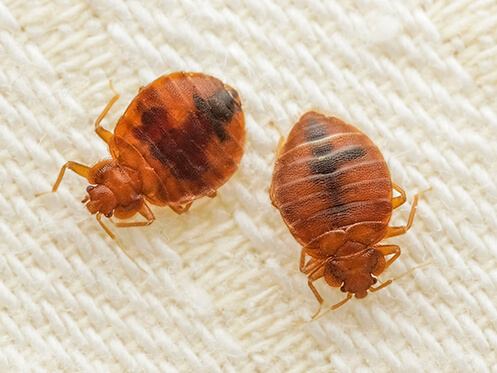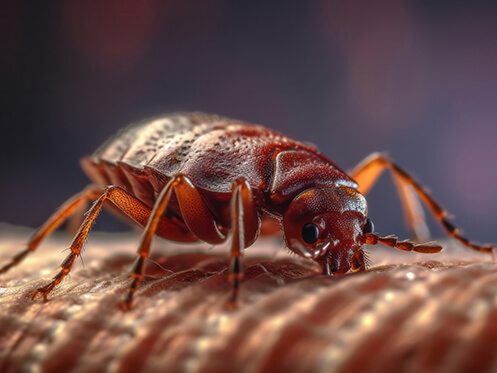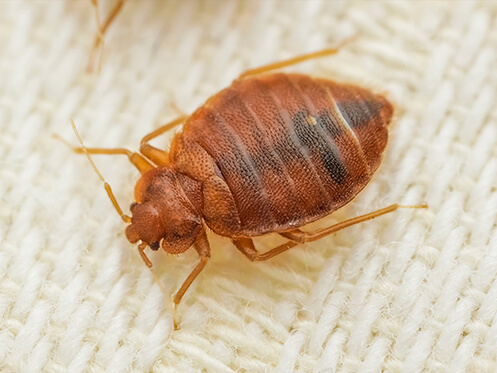Bedbug pesticide resistance appears to be increasing dramatically. Though commonly used, the pesticide approach to bedbug eradication often requires multiple visits and is not always effective. Continue reading to learn more!
Due to bedbug’s growing resistance to pesticides, and the fact that insecticide applications may cause dispersal of bedbugs to other areas of a structure, essentially spreading the infestation.
What the Studies Show
Studies of bedbug populations across the United States indicate that resistance to pyrethroid insecticides, which are used in most bedbug cases, is widespread due to mutations and evolution. Often requiring individuals to dispose of furniture and other infested materials. Bedbug populations sampled across the United States showed a tolerance for pyrethroids several thousand times greater than laboratory bedbugs.
What the Surveys Revealed
Pesticide products developed in the mid-2010s combine neonicotinoids with pyrethroids; but according to a January 2016 survey published by the Journal of Medical Entomology, bedbug resistance in two major U.S. cities now includes neonicotinoids.
How Dangerous Are These Pesticides?
This recent bedbug resurgence has homeowners and apartment dwellers taking desperate measures to eradicate these tenacious bloodsuckers, with many relying on dangerous pesticides. Even pesticides registered by the U.S. Environmental Protection Agency (EPA) for bedbug use are linked to acute poisoning, cancer, hormone disruption, asthma, neurotoxicity, and more. These measures pose more dangers than any perceived short-term benefit.
How Are Bedbugs Resistant to These Chemicals?
“The bedbugs produce detoxifying enzymes, and they use them to detoxify, this is one of the mechanisms they might be using to counter the insecticide effect,” said Dr. Alvaro Romero, the lead author from New Mexico State University, speaking to BBC News. To kill these new chemical resistant bedbugs requires pesticide concentrations 1,000 times greater than needed to eliminate non-resistant insects and bugs. “It’s a very complex problem, and we are going to have bedbugs for many years because of this problem with insecticides,” concludes Dr. Romero.
New Processes Are Needed
Scientists say non-chemical methods of control need to be considered. Because of bedbug’s short reproduction cycle and their genetic ability to evolve resistance to poisons, the scientists are urging less reliance on chemicals as a means of control. According to Dr. Romero, the latest research indicates that in the near future bedbugs are unlikely to be effectively controlled by chemical means. “We need to emphasize the need to use different tools — we can’t depend totally on chemicals, we need to incorporate other alternatives.” The paper has been published in the Journal of Medical Entomology.
What Does This Mean for You?
Because treatments are required in sleeping areas and other sensitive locations, methods other than chemical pesticides are in increasing demand.
One of the treatment processes that is generally considered to be the best method of eradication, because it can destroy an entire infestation with a single treatment, utilizes energized oxygen. The energized oxygen method of bedbug eradication involves removing the oxygen that bedbugs need to survive in an infested area or home, killing the bedbugs and their eggs. These treatments must be carried out by professionals, and may be performed in a single area or an entire building.
If you have bedbugs and want to get rid of them, without using dangerous and often ineffective chemicals of any kind, give us a call at 888-478-7360 or fill out the form below. We’re here to help.



